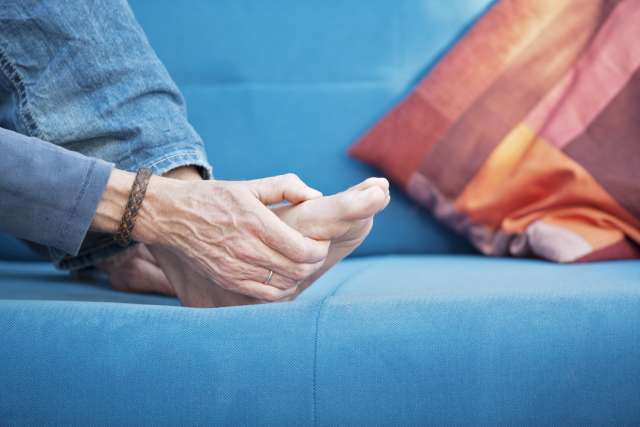Hello, dear readers, and welcome back to our monthly letters column. We have several interesting topics, so we'll dive right in.
-- A column about carbon monoxide poisoning mentioned the importance of carbon monoxide detectors. This led a reader to ask about placement of these devices. “Most plug into an outlet, which is near the floor,” they said. “If carbon monoxide rises, what good is the monitor?”
You're correct that carbon monoxide is slightly lighter than air, and thus rises. However, detectors are sensitive enough that unhealthful levels of the gas will trigger an alarm at any height. Detectors have a lifespan of six to 10 years, and those manufactured after 2009 include an end-of-life alarm. Detectors older than that should be replaced.
-- An older column explored the science of why breathing into a paper bag during a panic attack may ease symptoms. The gist is that the shallow, rapid breathing common during a panic attack alters blood pH, which adversely affects the brain. Breathing into a bag forces rebreathing of carbon dioxide. This stabilizes blood pH and can help ease symptoms.
We recently got this request from a reader: “I'm a therapist working overseas with an NGO,” he wrote. “More information about research into the connection between panic disorders and poor regulation of blood pH would be helpful for a particular client in a remote area.”
In answering the question that generated that column, we turned to the research archives of the National Institutes of Health, at nih.gov. There is also a very good (and more readable) discussion available in the May 2010 issue of Scientific American magazine. We urge our readers to peruse these resources to find out more.
-- We recently discussed hip bursitis, a painful condition in which fluid-filled sacs that cushion the hip become inflamed. It prompted a reader to share a success story.
“I suffered with hip bursitis for several years. Cortisone shots and physical therapy helped, but only for a short while,” she wrote. “Then I read it can happen when your legs might not be the same length. What a game-changer! I started wearing a lift in my left shoe, and within a week, all pain was gone.”
Thank you for sharing such a great outcome, which may be of use to other readers. It is possible for uneven leg length to create persistent strain, which can irritate the bursa. We are happy to know you are no longer in pain.
-- A reader living with lichen planus, an inflammatory skin condition, asked about the safety of a cosmetic procedure.
“My case is mild and causes small bumps on my legs,” she wrote. “Would laser hair removal be safe for me?”
The guidance for people living with lichen planus is to avoid skin injury. This would rule out laser treatment, which can cause inflammation to the skin around the hair follicles. We think a consultation with the physician who diagnosed you is the best course.
Thank you, as always, for taking the time to write to us. We look forward to your letters and will be back soon to discuss more of them.
(Send your questions to [email protected], or write: Ask the Doctors, c/o UCLA Health Sciences Media Relations, 10960 Wilshire Blvd., Suite 1955, Los Angeles, CA, 90024. Owing to the volume of mail, personal replies cannot be provided.)





